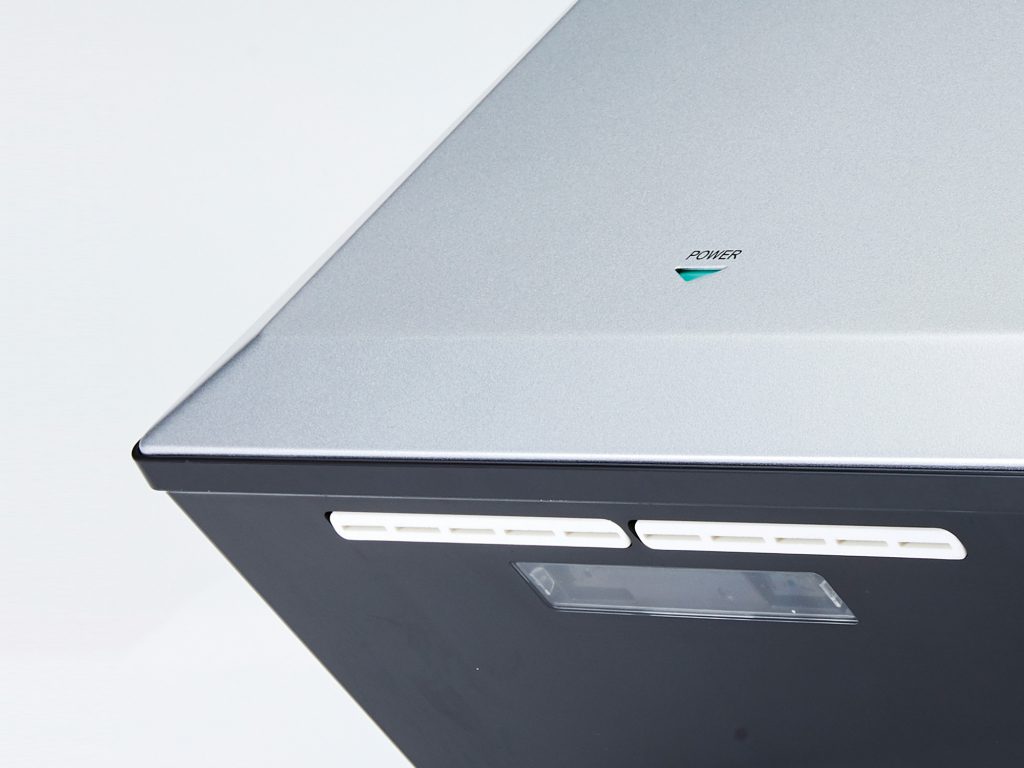hand Dryers in Accessible Bathrooms
Providing wheelchair accessible bathrooms is a requirement for all buildings, and when planning the facility, it is important to consider how the space will be used to ensure that the features are correctly positioned to allow easy access. Hand dryers are well suited to use in accessible or disabled bathrooms, however there are some considerations about the type and positioning that need to be part of your plan.
What type of hand dryer is best suited to accessible bathrooms
There are two main types of hand dryer, those which the user places their hands into through the top, and those which blow air vertically downwards onto the hands to dry them. For wheelchair accessible bathrooms, it is better to use a hands-under design as this is usable by a wider range of people and can be mounted in a way that is suitable for wheelchair users who may find it difficult to reach into a blade style hand dryer.
How high should hand dryers be mounted in an accessible bathroom
Recommended hand dryer mounting heights are provided by government guidelines and vary depending on the group the bathroom is being designed for. In accessible bathrooms, the hand dryers are typically mounted much lower on the walls to accommodate those in wheelchairs.
If you choose a hands-in design, then it should be mounted 875mm above ground level, whereas a hands-under design is mounted a little higher – 940mm above floor level. This is approximately 30mm lower than in a standard male bathroom and provides excellent access.

